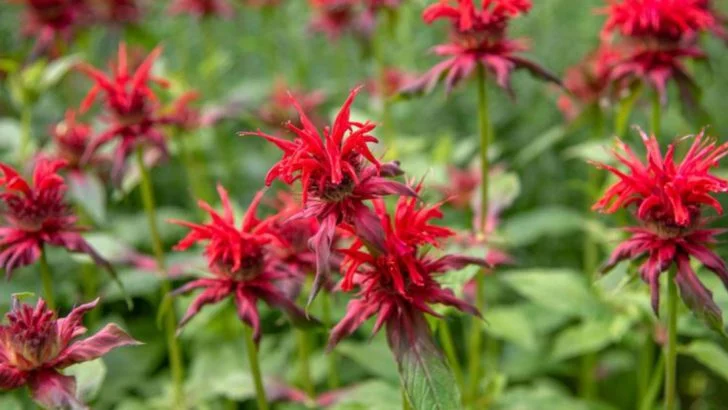Think “sterile” plants can’t stage a garden coup? Think again! You’ve planted them for their neat looks and zero surprise seedlings. Then you blink—and suddenly your path is littered with rogue poppies and sneaky alyssum. These 12 so-called “non-invasive” divas have other ideas. They self-seed like party crashers, spread via hidden runners, or throw tubers under cover of night. One minute you’re admiring tidy beds. The next, it’s botanical bedlam. But don’t panic! Inside, you’ll find the tricks to keep these undercover spreaders in check. Learn where to plant, when to deadhead, and which containers make escape routes vanish. Watch those stealthy youngsters—and their relentless parents—stay exactly where you want them. Ready to reclaim your borders from stealthy invaders? Let’s expose these closet comedians and restore order to your plot.
Bee Balm
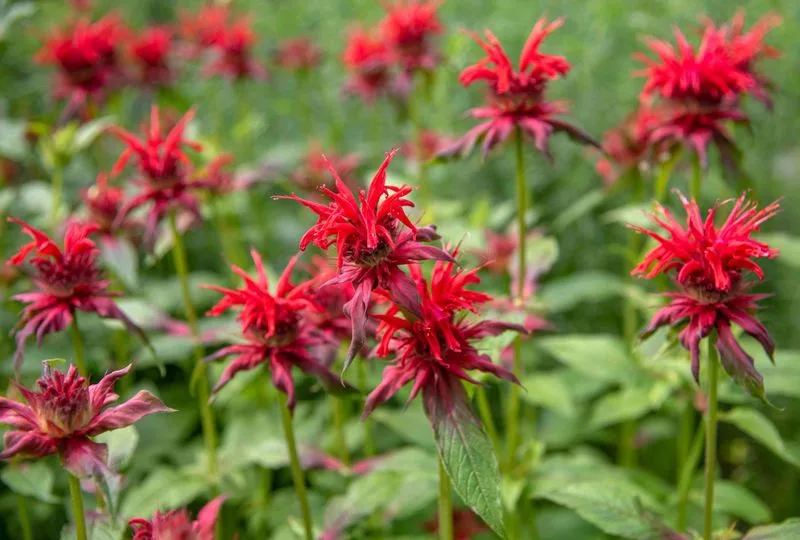
Bee Balm, with its vibrant blossoms, is a favorite among pollinators. Despite its reputation as a sterile plant, it reproduces enthusiastically through underground rhizomes. Gardeners often find it popping up unexpectedly across the yard.
This hardy perennial, native to North America, brightens gardens with reds and purples. Its scent is reminiscent of Earl Grey tea, and its leaves are edible. However, containing its spread requires vigilance, as it can quickly overtake other plants.
Control methods include regular pruning and root barriers. Did you know? Bee Balm was used by Native Americans for its antiseptic properties.
Mint
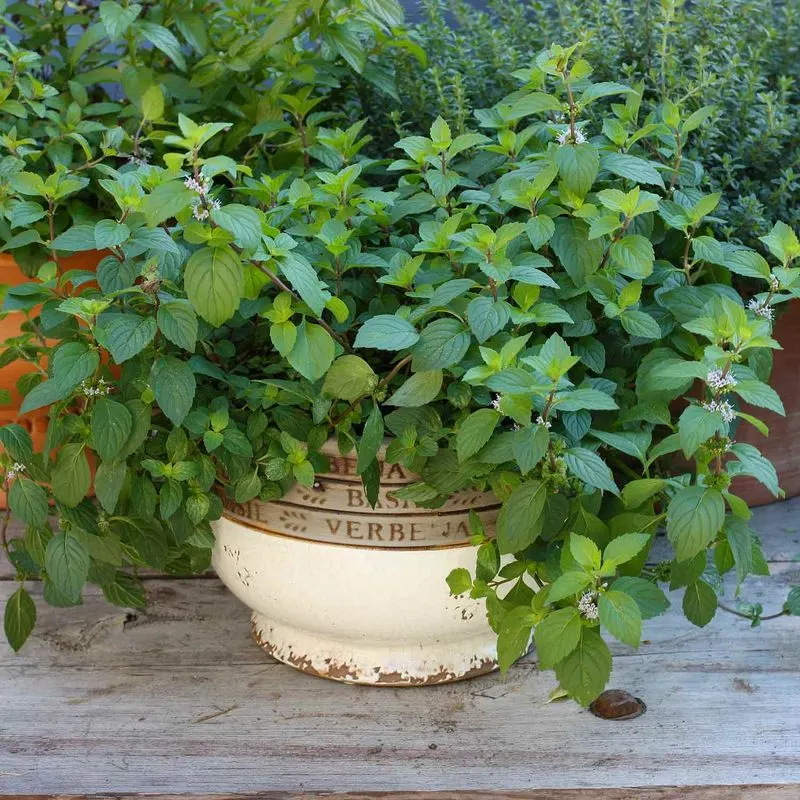
Mint is renowned for its refreshing aroma and culinary use. Though often sold as sterile varieties, mint plants spread aggressively through runners.
These fast-growing herbs can take over garden spaces if left unchecked. Their roots travel far, creating new plants along the way. Many gardeners have been surprised by their tenacity.
To manage mint’s rampant growth, use containers or dedicated garden sections. Fun fact: Mint has been used since ancient times for its medicinal properties and is believed to relieve indigestion and headaches.
Lemon Balm
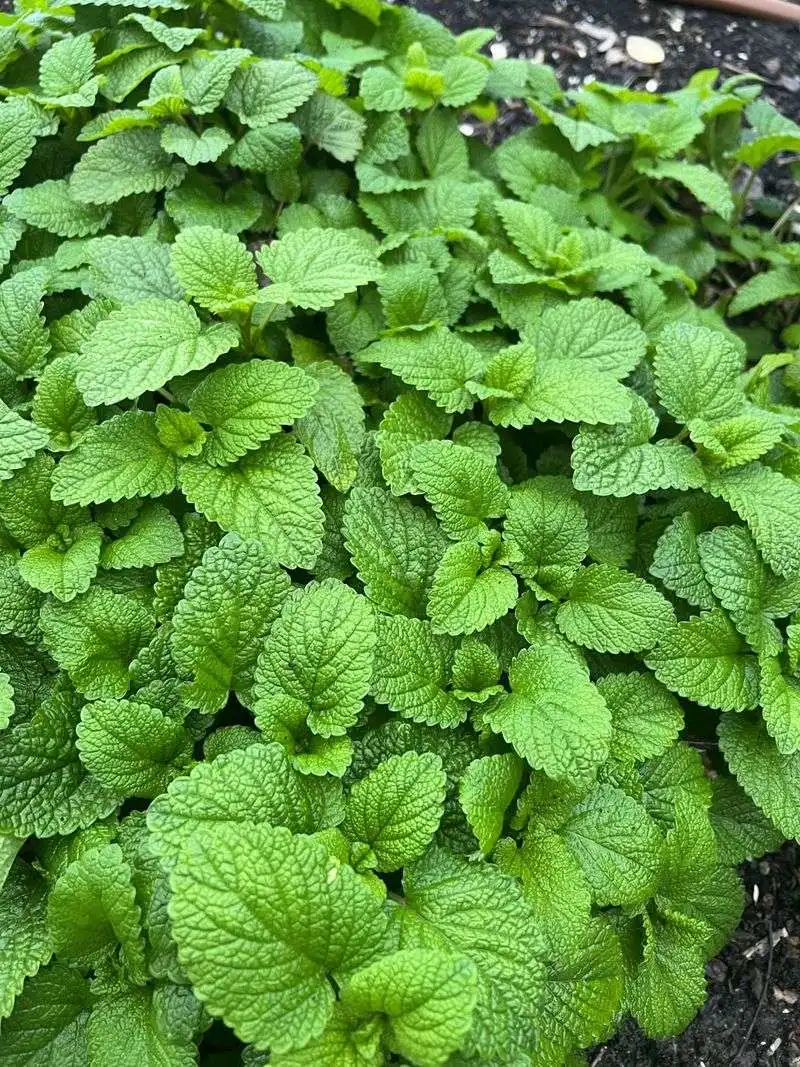
Lemon Balm captivates with its citrusy fragrance and calming qualities. Although it’s often labeled as sterile, this plant spreads rapidly by seed.
Gardeners enjoy its adaptability and resilience. It attracts bees, enhancing pollination in surrounding plants. Despite its benefits, uncontrolled growth can overwhelm gardens.
Regular trimming and removing flower heads prevent seed formation and spread. Lemon Balm has a long history in traditional medicine, famous for reducing stress and anxiety. In medieval times, it was a symbol of happiness and longevity.
Bamboo
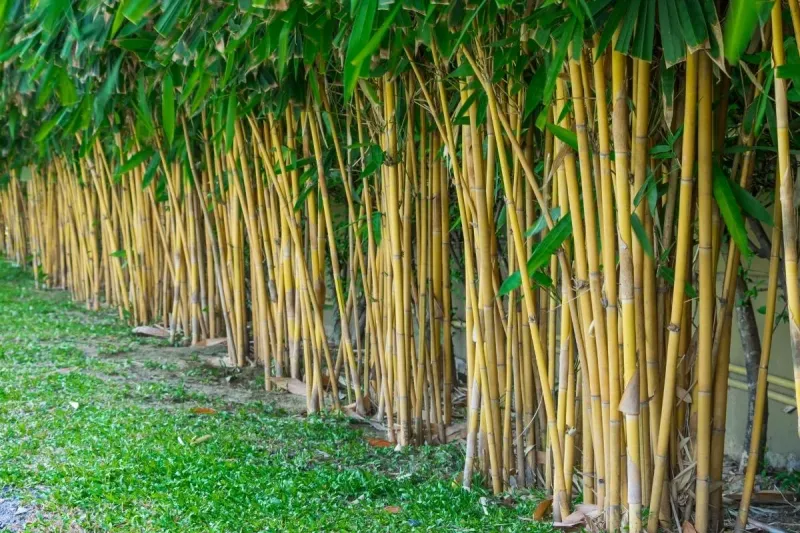
Bamboo, a symbol of strength and flexibility, often surprises gardeners with its rapid expansion. Even clumping varieties can spread through underground rhizomes.
These resilient plants create serene landscapes but require careful management. Without intervention, bamboo can breach barriers and invade neighboring areas.
To control bamboo, regular pruning and underground barriers are essential. With its fast growth, bamboo is both a blessing and a challenge. Did you know? Bamboo is one of the fastest-growing plants, capable of growing up to 36 inches in a single day.
Daylilies
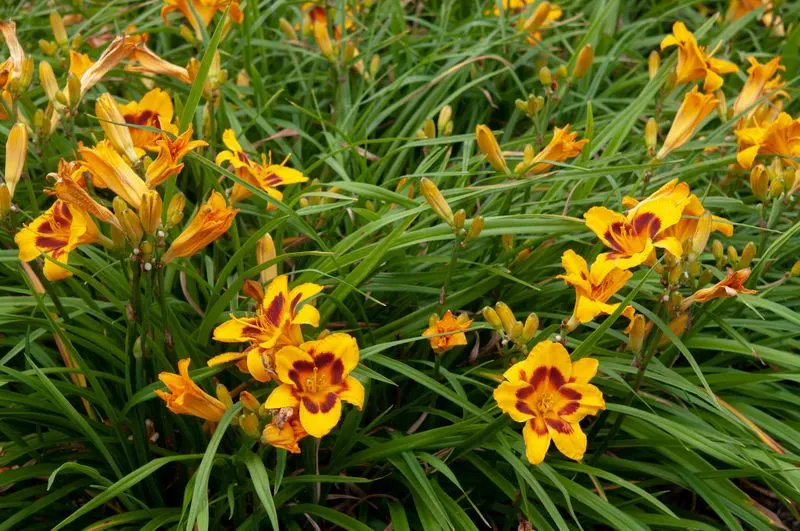
Daylilies are celebrated for their vivid blooms and hardiness. Despite being labeled as sterile, these plants spread rapidly by tubers.
Their cheerful flowers open for just one day, but their roots are relentless. Gardeners often find daylilies multiplying unexpectedly, covering large areas.
Containing daylilies involves regular division and careful placement. Did you know? Daylilies are edible and often used in Asian cuisine. Their name comes from the Greek words for “beautiful” and “day,” reflecting their fleeting beauty.
Ajuga
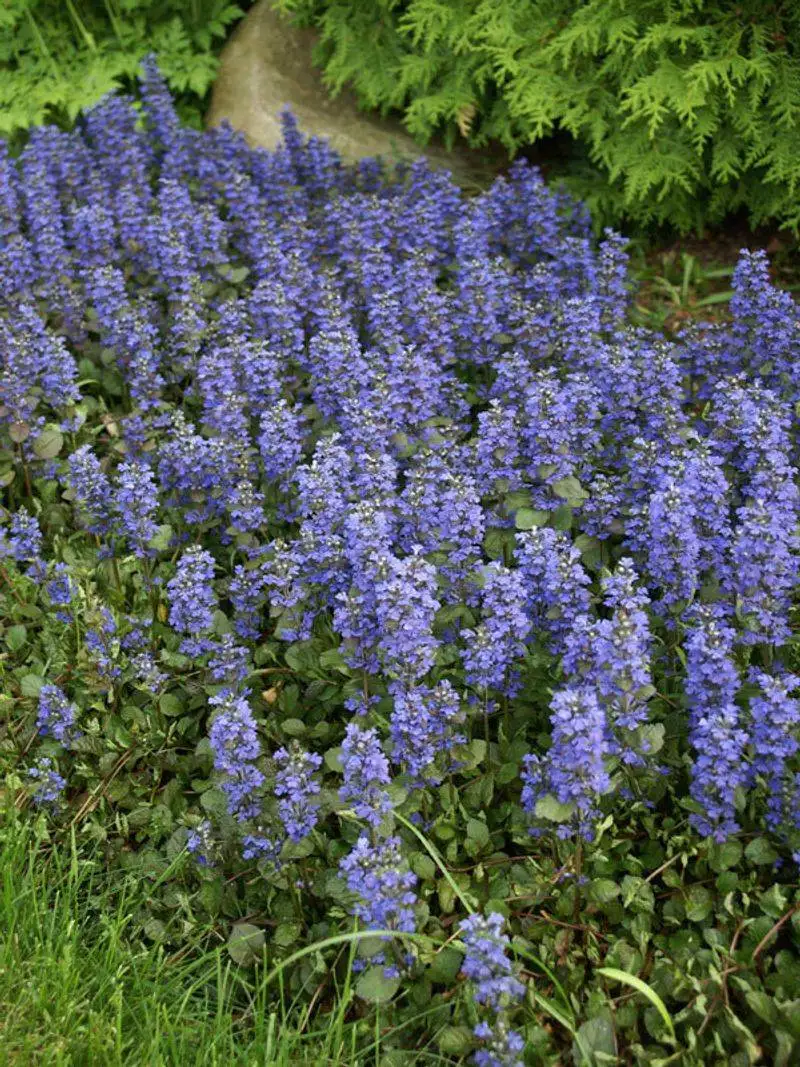
Ajuga, known for its attractive foliage and flowers, defies its sterile label by spreading through runners.
This ground cover is a favorite for its low-growing habit, but it can quickly dominate a space. Ajuga thrives in shady areas, making it versatile but also aggressive.
Gardeners must regularly prune to keep it contained. Interesting fact: Ajuga was traditionally used in herbal medicine to treat wounds and inflammation. Its rich purple leaves create a striking contrast in gardens.
Purple Loosestrife
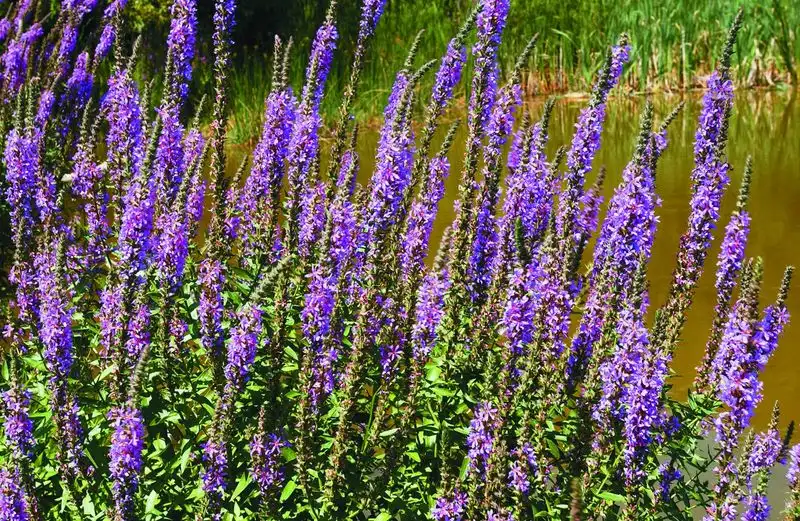
Purple Loosestrife dazzles with its striking purple spikes. Often thought to be sterile, it spreads via seeds and roots.
This invasive species can overrun wetlands, altering ecosystems. Its beauty disguises its potential for disruption, making it a complex plant to manage.
Removing flowers before they seed and using physical barriers can help control its spread. Did you know? Purple Loosestrife was introduced to North America in the 1800s as an ornamental plant and has since become a concern for conservationists.
English Ivy
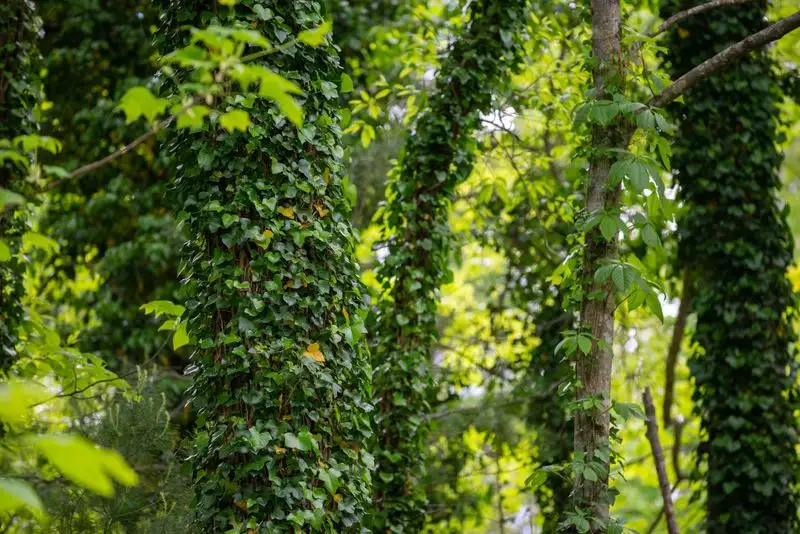
English Ivy, with its charming appearance, often surprises with its tenacity. Though considered sterile, it spreads through runners and seeds.
This elegant climber can damage structures and harm trees if unchecked. Its adaptability makes it both a popular and problematic choice for gardens.
Regular pruning and monitoring are essential to manage its growth. Fun fact: English Ivy is a symbol of fidelity and was historically used in wedding decorations.
Japanese Knotweed
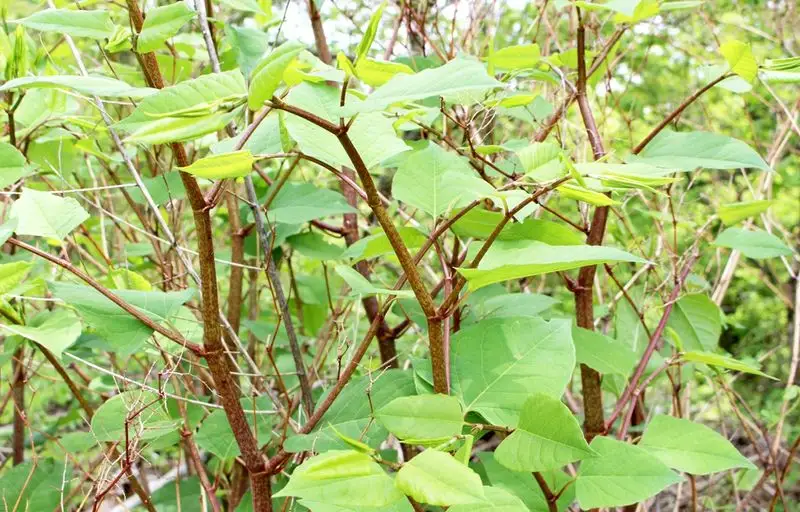
Japanese Knotweed is infamous for its vigorous growth and resilience. Despite claims of sterility, it spreads through rhizomes and seeds.
This plant can cause significant damage to buildings and natural habitats. Its rapid expansion requires diligent management and removal.
To control Japanese Knotweed, consistent cutting and removal of root systems are necessary. Did you know? Japanese Knotweed can grow through concrete and is considered one of the world’s worst invasive species.
Jerusalem Artichoke

Jerusalem Artichoke intrigues with its edible tubers and sunflower-like blooms. Despite its sterile label, it spreads underground.
This plant is easy to grow but challenging to contain, as its tubers proliferate rapidly. Gardeners often find it taking over more space than intended.
Control involves regular harvesting and careful planting. Fun fact: Jerusalem Artichokes are rich in inulin, which is beneficial for gut health, and were cultivated by Native Americans for centuries.
Creeping Charlie
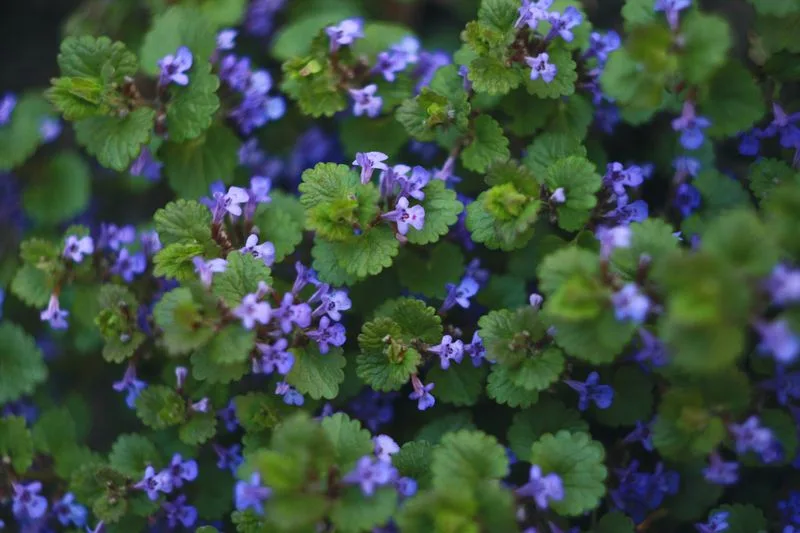
Creeping Charlie, with its delightful aroma and charming appearance, is often underestimated. Despite being labeled as sterile, it spreads through runners.
This ground cover thrives in shady, moist areas, making it a persistent challenge for gardeners. Its resilience allows it to outcompete other plants.
Managing Creeping Charlie requires consistent removal and monitoring. Did you know? It was historically used for brewing beer in medieval times, before hops became prevalent.
Butterfly Bush
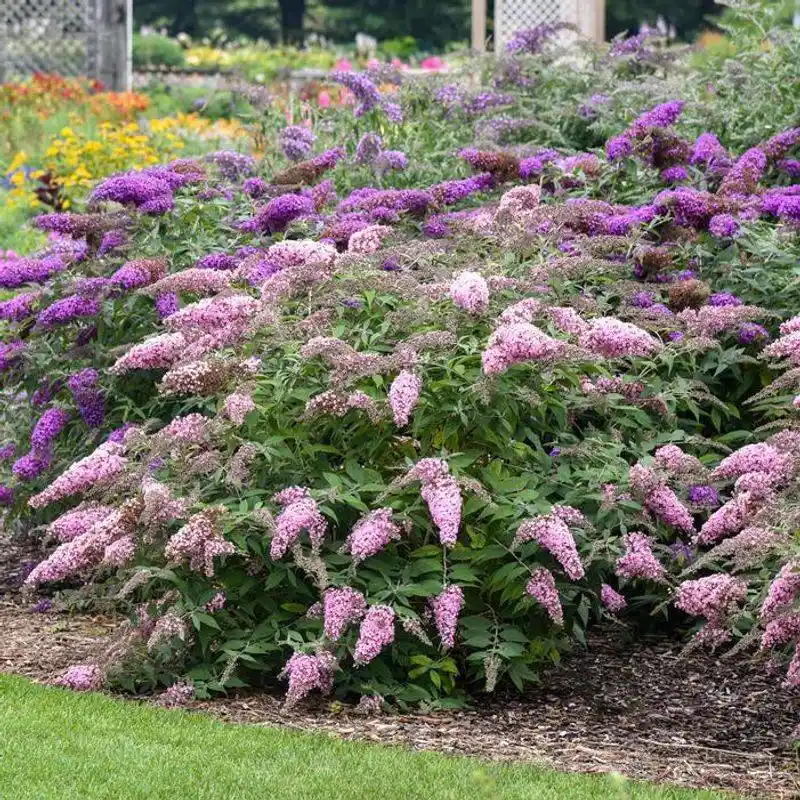
The Butterfly Bush enchants with its fragrant blossoms and ability to attract pollinators. Though marketed as sterile, it spreads by seeds.
This shrub can quickly colonize areas, impacting local ecosystems. Its presence in gardens requires attentive care to prevent unwanted seeding.
Regular deadheading and pruning keep its growth in check. Did you know? Despite its invasive potential, the Butterfly Bush is cherished for its ability to draw butterflies and hummingbirds to gardens.

